If you’ve ever decided to paint your room but were then paralyzed with indecision when you came to the paint store to choose a color, you’re not alone. Selecting a painting from a paint swatch is difficult.
The easiest way to choose the interior paint colors is to start with the colors you like.
When he starts out with the colors he loves, he is not bound by traditional color schemes for a particular decorating style.
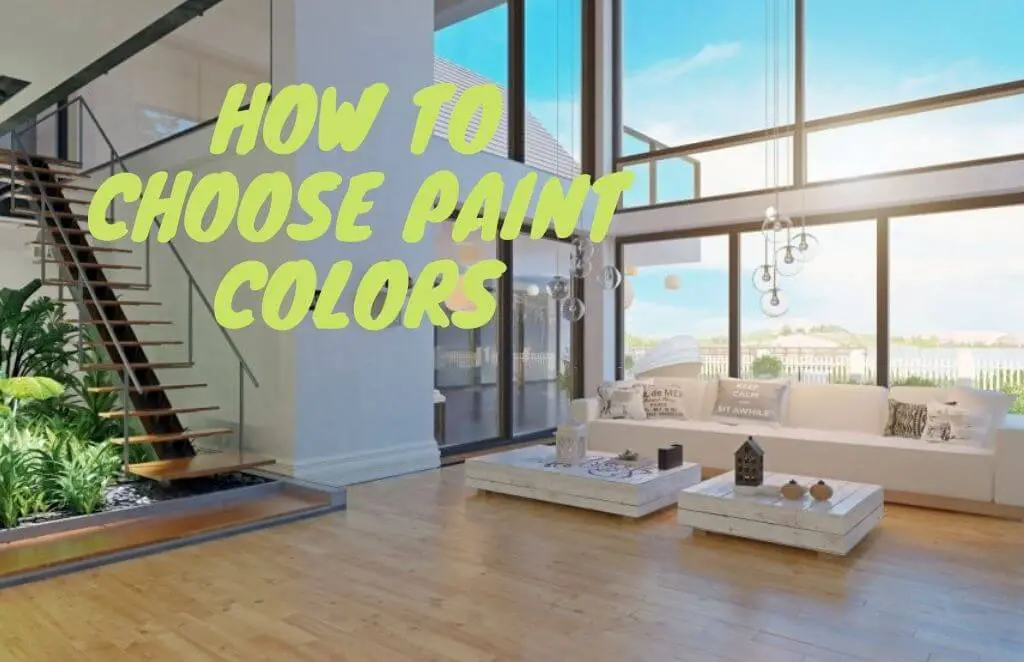
Using his favorite color as a base color, you can use it to create a color scheme around him. Your favorite colors can be the perfect inspiration for your new whole house color palette.
Here’s how to find out what your favorite color means and how to choose paint colors.
Table of Contents
How to Choose Paint Colors
Find Paint Color Inspiration
Magazines and catalogs have always been the staple of decorative inspiration.
You have access to thousands of inspirational pages on the internet. Retailer sites can be inspiring with your room vignettes, and paint brands can show you ways to use color in your home, too.
Social media sites like Pinterest and Instagram offer color inspiration that updates in real-time.
Pinterest is great for creating inspiration boards for your favorite ideas so you can keep all your ideas in one place.
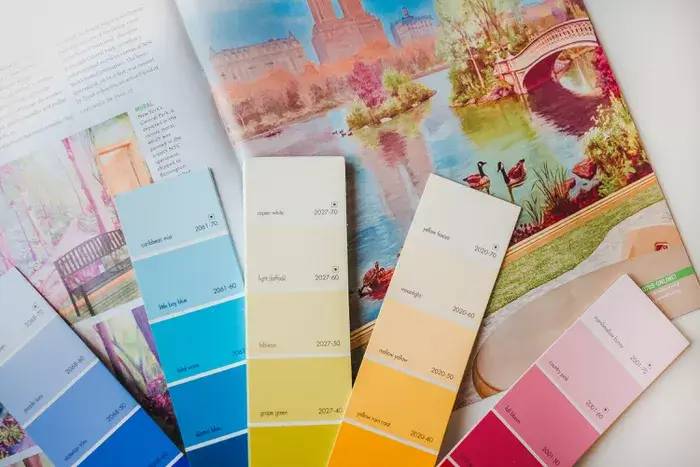
Look at the colors that are already in the room
If you are working with existing furniture in a certain room, use it to inform your choice of the wall color. Look around the room that you want to paint and take note of the colors that are already in the space.
Consider what furniture and décor you definitely want to keep and make sure your next paint choice fits in with the tones that will remain in the room.
For a dynamic design, you might consider a color on the opposite side of a key piece’s color wheel, such as a blue-gray wall to complement a rusty sofa.
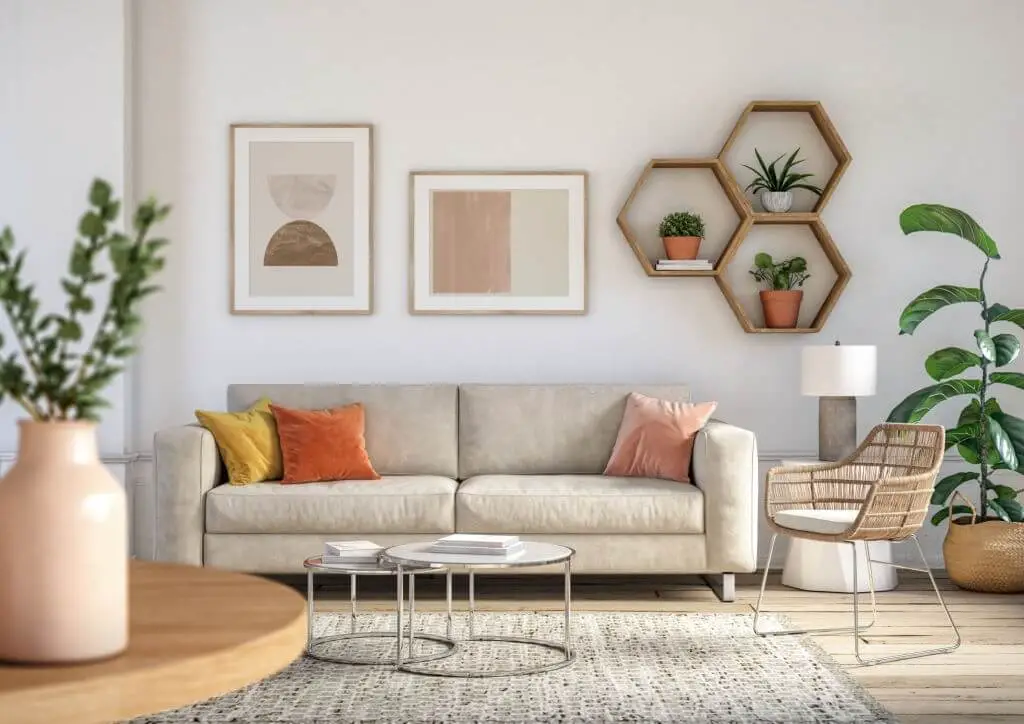
You might also consider choosing a wall color from a multi-hued textile, artwork, or rug in your space. However, do not be too granular in your observation.
So be sure to factor in items like wood paneling and flooring color when choosing your new shade.
Consider the Amount of Natural Light
The amount of light a room receives can greatly affect the paint color you choose. While the lavender color you used in the kitchen may look amazing when the sun is shining, it can look grayish at night.
This is because different light temperatures bring out the hues in a paint color that we may not see when looking at paint samples in the store.
One of the best painting tips is to test the color you want on a small spot on the wall and then observe it at different times of the day to make sure you like it.
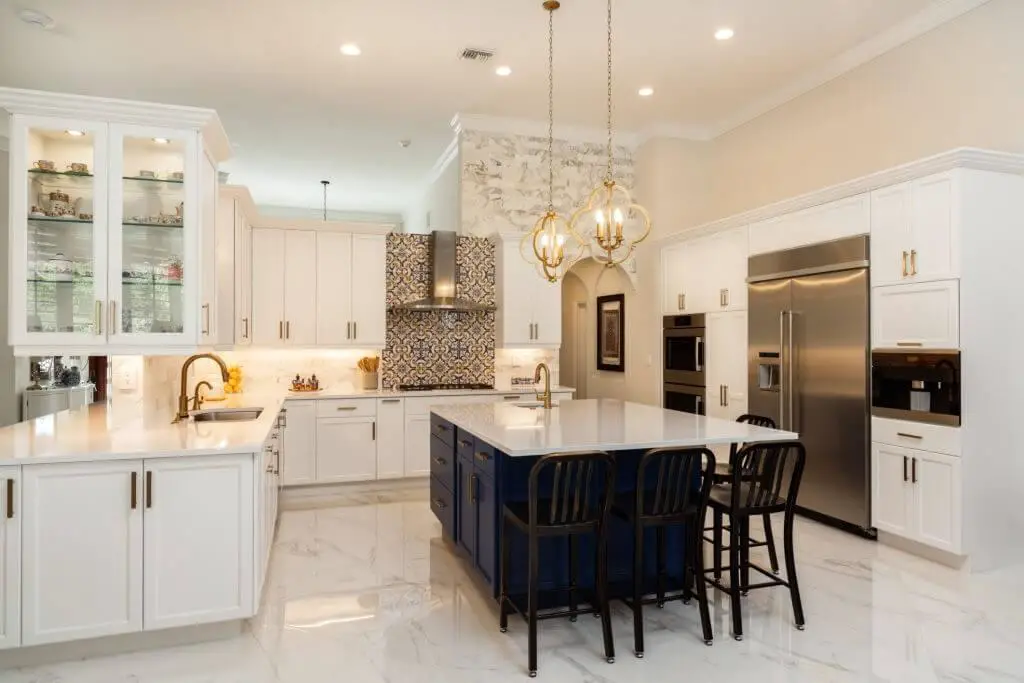
Try the Latest Color Trend
Not sure where to start choosing paint colors? See what colors are currently in fashion!
Every year Pantone introduces a new “Color of the Year” that can be a modern addition to your home design.
You can also check with interior designers and paint companies to see what their current colors or shades are for bathrooms, kitchens, and more!
Keep it simple
Make sure your wall color doesn’t clash with focal points throughout the room. You can do this by keeping a simple color scheme and avoiding using multiple different shades.
A general rule of thumb is to stick to a three to the five-color palette. One white or light color, one or two neutrals, and one or two supporting colors.
You can also go for a monochrome look by using different combinations of color concentration in space.
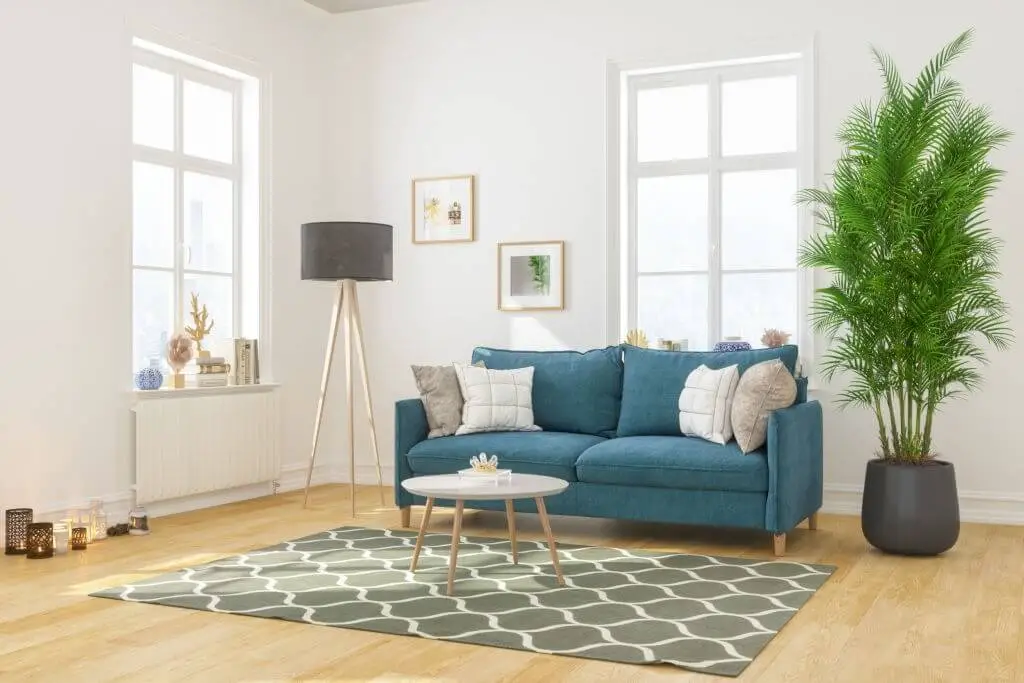
Using Color Architecturally
One of the most effective ways to use color to transform a room is to highlight its architectural features.
Trim, fireplace mantels, built-in bookshelves, arched doorways, friezes, windows, and doors offer the opportunity to add another layer of interest to colored walls.
Experiment with Your Favorite Color
Don’t be afraid to use your favorite color as inspiration for your home interior painting project.
If your favorite color is green, but you are concerned that your room will feel small or that you will not like it later, use a monochrome scheme to give your space some variation: paint the walls the darkest color and soften them. with a lighter shade for the edge.
But if that bold orange or yellow is the color you really want in your home, use it in a room with less traffic or tone it down with contrasting decor.
Just be sure to strike the right balance when wearing a bold shade. Balance dark walls with light flooring, trim, or furniture and pops of color to enhance the atmosphere.
You’ll also want to try out a large sample that you can see on the wall at different times of the day before committing.
Exploring Using Two Different Colors in the Same Room
For a bolder approach, try using two different colors in the same room.
For example, paint a built-in bookcase or niche a shade of green in a room with blue walls, which will highlight the items in the bookcase or within the recessed area.
Of course, architectural elements can also provide continuity throughout a house if they are painted the same color in all rooms.
Starting in the federal period and continuing to this day, white and off-white have been the traditional choice for trim, windows, and doors.
Consult with Color Theory
The color wheel is a great way to generate interior painting ideas! A color consult can provide you with color ideas to try out, or even a bespoke color palette for your home.
You can choose a complementary color scheme by finding directly opposite colors on the wheel to create balance in your room.
Look at the color of your furniture, then choose the complementary color for your wall paint, such as dark blue to match an orange decor.
You can also try an analogous color scheme, where you choose colors that are adjacent to each other on the color wheel, such as blue and purple or blue and green, to create a harmonious look between your furniture and the colors in your paint.
Refer to Color Psychology
Whether you are looking for color ideas for the living room or are unsure how to choose a paint color for the kitchen, using color psychology as a resource can help you renovate your home with ease!
Color can influence our mood, so think about what feelings you want to evoke in a particular room.
- Red: Emotion, energy, passion.
- Yellow: Happiness, optimism, joy.
- Blue: Calming, serene, friendly.
- Green: Rest, balance, growth.
- Purple: Wealth, creativity, sophistication.
- Orange: Enthusiasm, healthy, fun.
- Pink: Delicate, romantic, calm.
- Neutrals: Classic, elegant, comfort
Explore Bolder Options with Multiple Colors
Moving around the room in a clockwise direction, try painting one-third of one wall and two-thirds of the adjacent wall, wrapping the corner in color.
Then paint the last eighth of the second wall and three-quarters of its adjacent wall, covering that corner.
Take a large wall and, working from both corners, paint it almost to the center, leaving an 18 to 20-inch vertical line of white space, and hang artwork in the center.
Get a Few Paint Samples
Can’t decide between several colors that you really love? Ask a hardware or paint store if you can have some samples of the colors you are interested in and try them on a wall.
This will help you to visualize the color of the room with its current décor, as well as to avoid doubts about your choice of paint later on.
Decide on the Paint Finish
Once you choose the wall color you want for your interior, your next step is to choose the finish.
Matte or eggshell finishes will give your walls a matte look and are great for bedrooms and dining rooms as they add a more sophisticated touch to these spaces.
A satin or semi-gloss finish will have a glossy texture and will be your favorite kitchen or bathroom gloss as they make cleaning the walls easier.
Now that you know how to choose paint colors that best suit the function, mood, or style of your space, it’s time to grab some brushes and get started on your home design project!
Paint Color Choosing Mistakes To Avoid
Making the Decision Too Quickly
Multiple paint experts recommended taking a few days to decide between paint samples.
Not because you may change your mind over time, but because the color will change with the light throughout the day. And it will look different on a cloudy day than it will on a sunny day.
Apply various colors and sit with them for a few days. Try them in multiple different parts of your room with different lighting to help you better visualize how color will look in your space at any time of the day.
Make sure you love its color both in daylight and at night when the sun has set and artificial lights are on in your home.
Fortunately, Clare offers repositionable swatches so she can move them to different walls and brighter or dimmer areas of the room.
Being Afraid To Explore Interior Paint Color Options
People who live in colorful interiors have overcome the fear of making a mistake.
The best way to overcome that fear is to always start with a color that you like: a rug, a painting, a fabric.
Then test it on the wall. If it’s too strong, consider asking your paint store to set it to “medium-strength” to lighten or tone it down by adding more gray.
Not Considering the Furniture & Decor
We always recommend painting a small board or a piece of foam core and evaluating the color in different parts of the room and throughout the day.
This will allow you to see what color looks like in the light and other environments, ensuring that you will love color in all settings.
Avoid testing samples in a completely empty room. Even if you just moved in or want to empty the room before you start painting, keeping some furniture and decor in the room while selecting a paint color will ensure that the tone works with the other colors in the space.
Not Considering the Undertone
When you look at various shades of white paint, some appear to contain a hint of yellow, while others appear slightly blue. That subtle underlying color is called an undertone.
Not sure if a paint color has a warm or cool undertone? If you are unsure of the hue of a particular shade of white, try placing your color swatch on a white sheet of paper.
Choosing Too Many Paint Colors
While you shouldn’t be afraid to decorate with color, adding too many paint colors to the same room can be distracting.
It’s also worth keeping in mind that when it comes to placing paint colors in a room, less is more!
Too many can lessen the impact. If you want texture and contrast, focus more on using fabrics and artwork to add extra layers and character.
Forgetting About Primer
When changing the color of a wall, the primer is vital to getting the actual color you chose. The primer ensures that there will be no interference from the color of the previous wall.




Leave a Reply